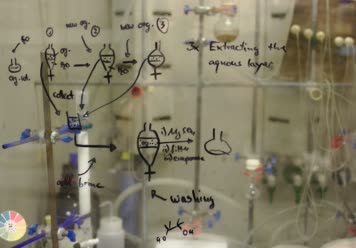Surfactant Fundamentals

Surfactants are chemical substances that, once dissolved in a liquid , are able to decrease the liquid's Surface Tension. As well they can reduce the Interfacial Tension between two liquids or between a solid and a liquid.

The oldest known “synthesized” surfactant is a soap (sodium or potassium salt of fatty acids). Its first application was as a basic personal hygiene element. As it was discovered from the historical sign uncovered in the Sumerian site of Lagas, Sumerians produced their soap in 2800 B.C. by mixing oil and wood ashes.
According to Roman legend, soap (“sapone” in Italian) was named after Mount Sapo, the place of animal sacrifices. The legend says that the rain would wash the animal fat and ashes down the slopes to the shores of Tiber River, and woman, doing their laundry after a heavy rain would notice their clothes were much cleaner.

Thousands years later we have a variety of commercial surfactants. Modern surfactants are smart products that help us to combine materials as water, oils, fats and solvents, that would not mix due to their incompatibility. This ability of surfactants is derived from their particular chemical structure: a non-polar hydrophobic (water hating) moiety linked through a chemical bond to a polar hydrophilic (water loving) moiety.